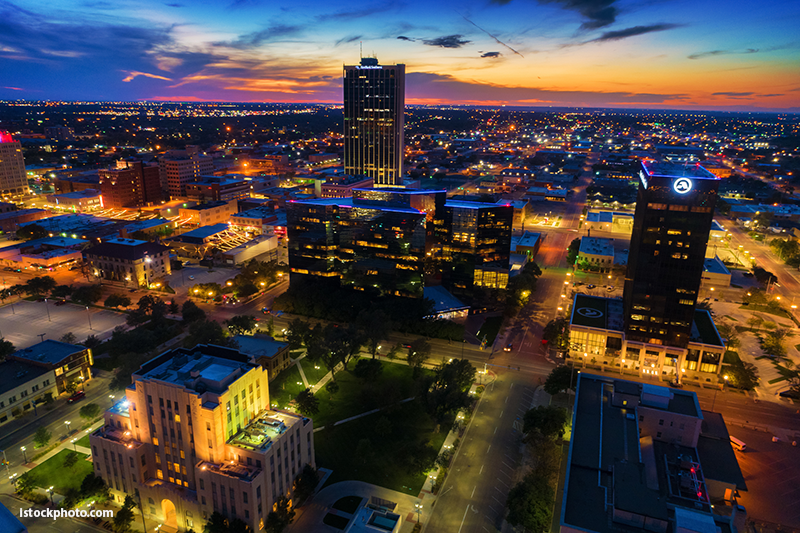
Third in a series on rural universities
Many states in our nation, particularly those with strong natural resource and agricultural economies, face a “two-state challenge” with two fundamentally different populations to serve in the state. Pew says the challenge exists because of the unique characteristics of rural regions in states dominated by major metropolitan areas. The political, economic and social dynamics of such states often lead to disparities in resource allocation, representation and development opportunities for rural areas.
The metropolitan area of New York City accounts for nearly 65% of the population and New York City itself is responsible for over 40% of the state population compared to the pastoral upstate regions. Likewise, California’s population resides along the coast for 7 of 10 Californians. The balance of communities is inland and agricultural. In Illinois, it is Cook County, home to Chicago, and the other “collar counties,” home to 65% of the state’s population. Texas too has a concentration of metropolitan population of approximately 68% in the Texas Triangle, with DFW, San Antonio and Houston marking the points, it is the fastest-growing region in Texas and the United States. The triangle is also home to five of the 20 largest cities in the nation (Houston, San Antonio, Dallas, Austin and Fort Worth). Texas stands out as the only state with concentrations of population away from water, Houston excepted, and Texas leads the nation in the production of food, fuel and fiber.
Political representation of voters in U.S. metropolitan regions leads to rural concerns about underrepresentation in legislatures according to Stateline, and policy misalignment often follows, as urban policies are usually irrelevant in rural areas. In addition, there are economic disparities when states appropriately prioritize infrastructure, healthcare, education and economic development for metropolitan areas. Metropolitan areas have more job opportunities and healthcare access. Conversely, school funding, specialized advanced school programs, broadband access and brain drain are just a few of the disparate challenges in the two-state world.
With the exception of eco-tourism and a fascination with a “Little House on the Prairie” nostalgic cultural cuteness, the production of food, fuel and fiber requires a “tough as nails” commitment to get things done through innovation while taking enormous risks. Nothing cute about it. And, geography leads to the creation of a culture with the economy not far behind.
In Texas, approximately nine percent of the state’s GDP comes from food and fiber production according to Texas AgriLife Extension. About 14% of working Texans are employed in agricultural-related industries. The Texas hydrocarbon industry accounts for approximately 60% of total US production contributing 8% to the state’s GDP and just 1.3% of Texas jobs. According to the USDA Economic Research Service, 10.4% of the jobs in the United States are provided by agriculture and related industries. The hydrocarbon and agriculture industries employ over 20% of working Texans.
Pioneers in oil and gas production relied on little but instinct, guts and chance. Closer to home, the Texas Panhandle is where the fed beef industry erupted, one of its moguls was Paul Engler.
Courage birthed in the rural reaches of states built strong rural communities and people. Cattle are not being run or grazing Sixth Street in Austin. No cotton is growing in Houston’s River Oaks. Oil wells are not pumping in Highland Park. Beautiful as the Riverwalk may be, water means something different in San Antonio than it does to those of us in the Panhandle.
Rural regions tend to be more conservative reports Pew. Economies in rural areas typically favor limited government, lower taxes and property rights. Moreover, family and faith life thrive in rural regions, as well as a valuing of service to the community and nation, personal responsibility and individualism are understood to benefit all, according to Dennis Prager in a report to The Heritage Foundation, “The United States was a society founded on the almost unique belief that who your ancestors are is far less important than who you are.”
What does all this have to do with higher education? Universities and other educational institutions located in rural regions should focus relentlessly on local industries, workforces, communities and people. At West Texas A&M University, our service is focused on the needs of our location.
WT provides prosperity to both students and the people across the Texas Panhandle region and from here the world. The Hill Institute is working to understand and express the power of our culture. WT’s long-range plan, WT125: From the Panhandle to the World, focuses our service mission to the region, state and nation. WT is redefining excellence in higher education by allowing regionalism to define rather than limit academic achievement. Without WT’s commitment to excellence, communities and their castes are compromised. WT is THE Panhandle’s university.
Walter V. Wendler, President of West Texas A&M University. His weekly columns, with hyperlinks, are available at https://walterwendler.com/.



